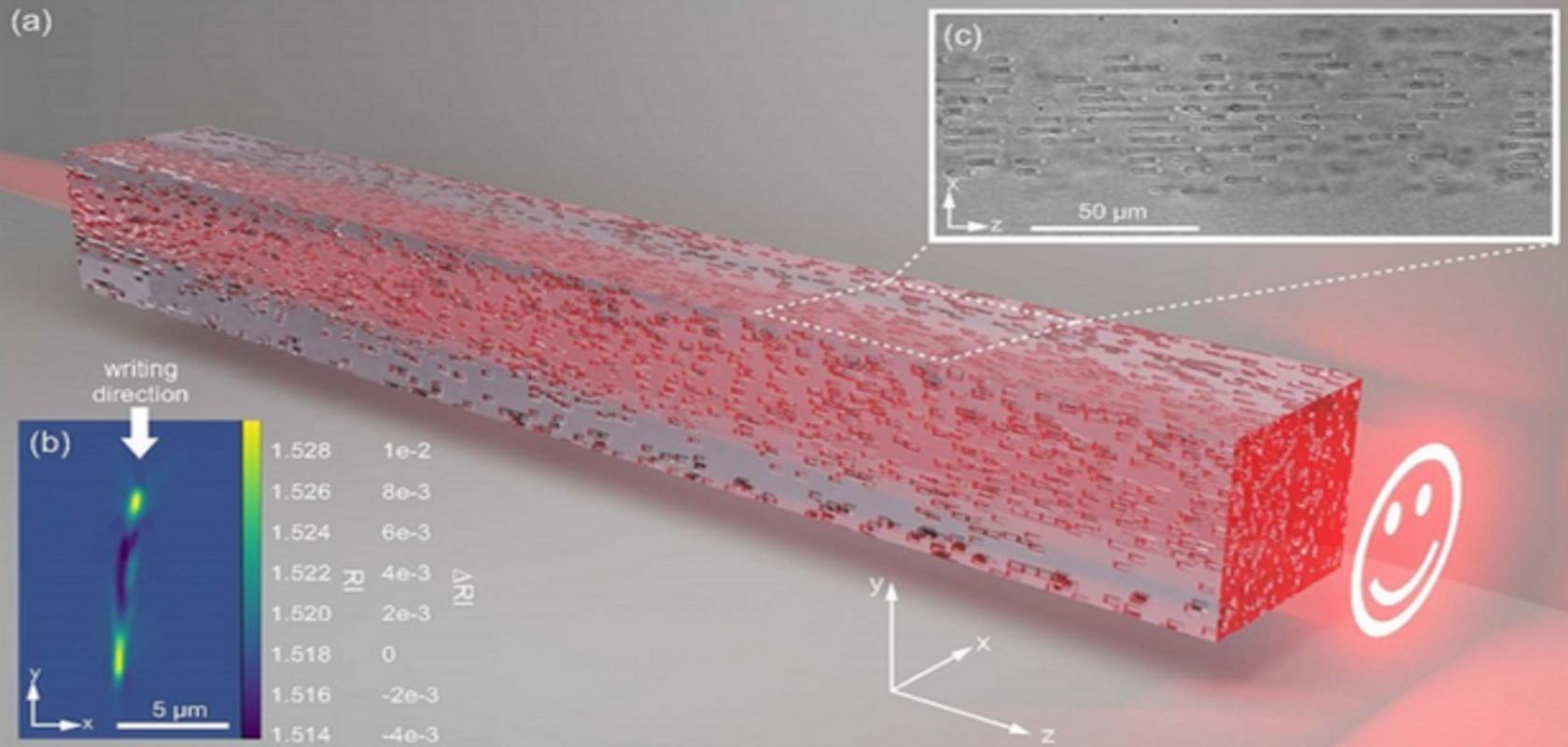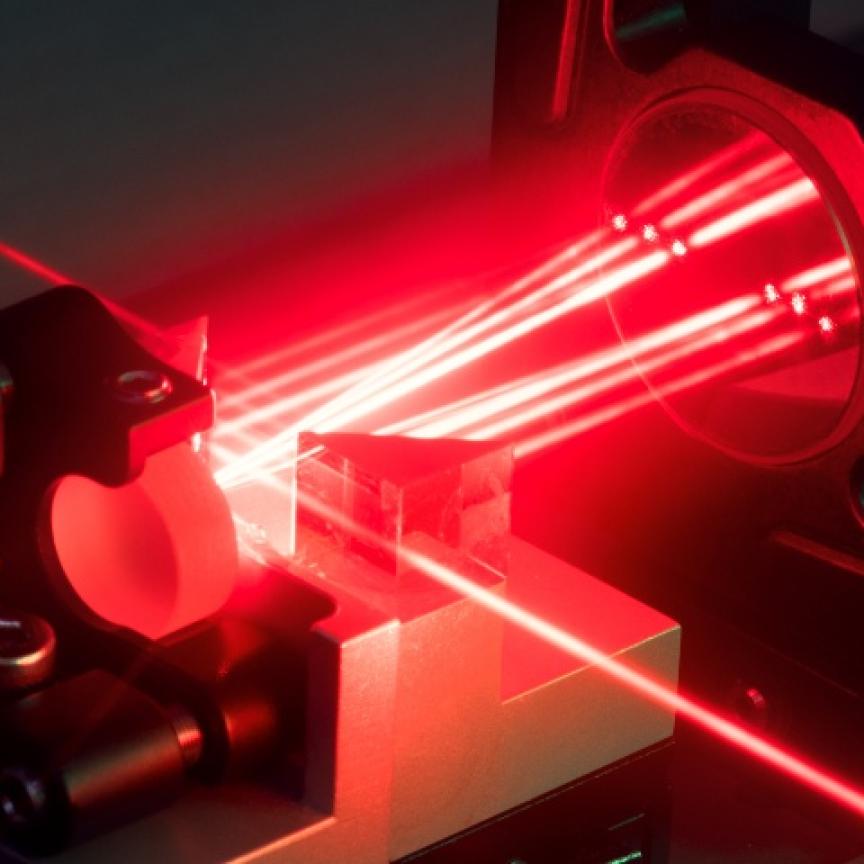Scientists have developed a new method for producing aperiodic photonic volume elements (APVEs) using direct laser writing.
The method involves using an ultrafast laser to arrange microscopic 3D voxels with specific refractive indices inside borosilicate glass.
APVEs can be used in optical computing, integrated photonics, digital holography, or wherever light needs to be manipulated in three dimensions.
However, most light-shaping materials are limited to 2D configurations or end up degrading the output light beam profile, according to the scientists. They say that this new method offers greater precision than before.
Alexander Jesacher from the Medical University of Innsbruck in Austria, leader of the project, said: “The flexibility of our method could make it viable for designing a wide range of 3D devices for applications in information transport, optical computing, multimode fibre imaging, nonlinear photonics, and quantum optics.”
In a study published in Advanced Photonics Nexus (APNexus), the team explained how they used an algorithm to stimulate the flow of light through a medium, which generated between 154,000 and 308,000 voxels with a volume of around 1.75µm × 7.5µm × 10µm within 20 minutes. They also used dynamic wavefront control to compensate for any distortion of the beam profile and to ensure the consistency of each voxel.
The researchers made three different kinds of APVEs to show how their method could be applied. They used an intensity shaper to convert a Gaussian beam into a microscopic light distribution shaped like a smiley face, followed by a red-green-blue multiplexer to represent the smiley distribution in different colours. Finally, they used a Hermite–Gaussian (HG) mode sorter to convert multiple Gaussian mode inputs delivered by the optical fibres into HG modes.
Each device transmitted the input signal without significant loss and achieved a record-high diffraction efficiency of up to 80%. This, the researchers say, sets a new benchmark for the standard of APVEs.
“The results reported in this paper greatly advance the field of ultrafast laser direct writing," said APNexus Editorial Board Member Paulina Segovia-Olvera, of the Center for Scientific Research and Higher Education at Ensenada (CICESE). "The novel method could open doors to an ideal low-cost platform for a rapid prototyping of highly integrated 3D light shapers. The demonstration of a solid method for producing consistent, reproducible, and reliable APVEs not only adds to the current knowledge in the field but also enables new avenues in applied photonics.”


